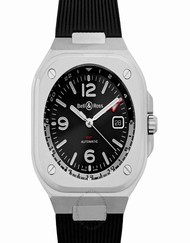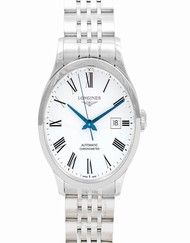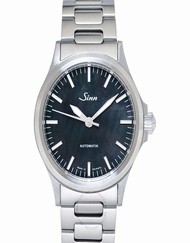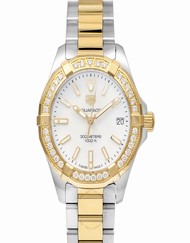Luxury Hamilton replica watches
Shopping Cart - 0 Item
You have no items in your shopping cart.
- REPLICA WATCHES
- Real Photo Watches
- Audemars Piguet
- Cartier
- Bvlgari
- Watches other brands
- NEWS WATCHES
- Contact Us
Menu
- HOME
- Audemars Piguet
- Bell & Ross
- Breitling
- Bvlgari
- Cartier
- Chopard
- Diesel
- Franck Muller
- Grand Seiko
- Hamilton
- Hublot
- IWC
- Jaeger Lecoultre
- Jaquet Droz
- Longines
- Maurice Lacroix
- MeisterSinger
- MIDO
- Montblanc
- Nomos Glashuette
- Omega
- Oris
- Panerai
- Patek Philippe
- Rado
- Richard Mille
- Seiko
- Sevenfriday
- SINN
- TAG Heuer
- Tissot
- Ulysse Nardin
- Zenith
- NEWS WATCHES
-
Home / -
Hamilton Replica / -
Hamilton American Classic H31201130
Buy Replica Hamilton American Classic H31201130 Watches

Hamilton American Classic H31201130 Details
| INFORMATION | |
|---|---|
| BRAND | Hamilton |
| SERIES | American Classic |
| MODEL | H31201130 |
| Gender | Ladies |
| PRODUCED | - |
| DIAL | |
| TYPE | - |
| COLOUR | Black |
| FINISH | - |
| INDEXES | Diamond |
| CASE | |
| MATERIAL | Stainless Steel |
| CRYSTAL | Scratch Resistant Sapphire |
| BACK | Solid |
| SHAPE | Square |
| DIAMETER | 15 mm x 19 mm |
| HEIGHT | - |
| MOVEMENT | |
| CALIBRE | ETA 280.002 |
| TYPE | Quartz |
| DIAMETER | - |
| JEWELS | - |
| RESERVE | - |
| Frequency | - |
| Time | - |
| BAND | |
| BandMaterial | Stainless Steel |
| FEATURES | |
| WATER RESISTANCE | 50 m |
| STYLE | Luxury Watches |
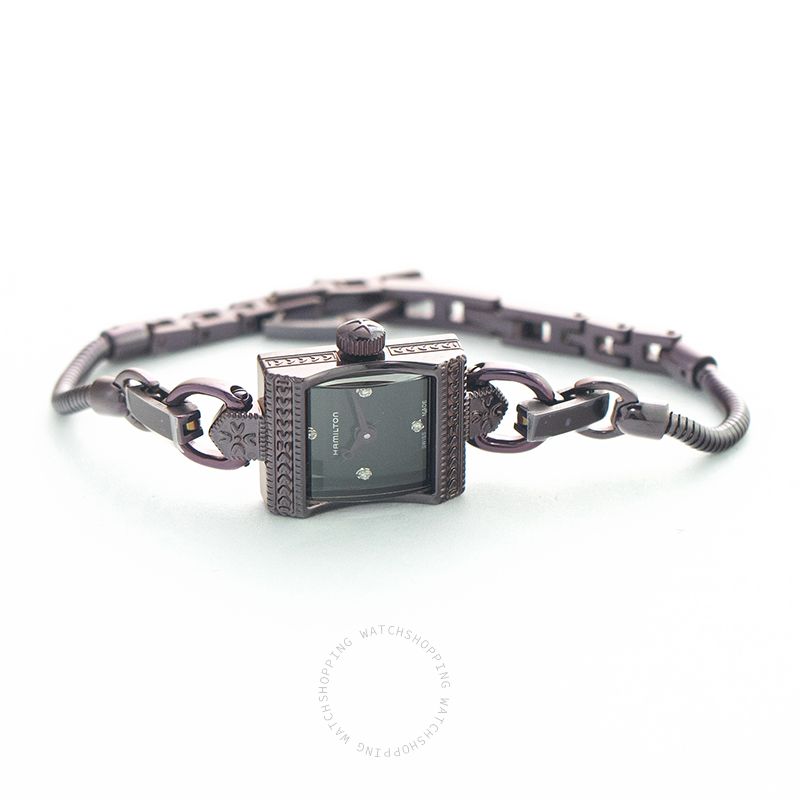
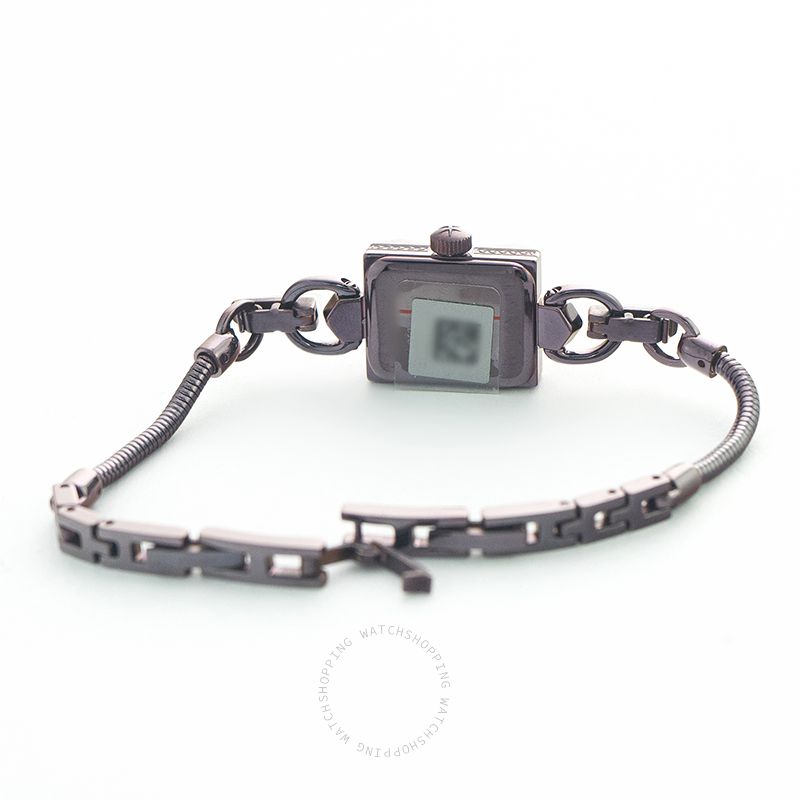
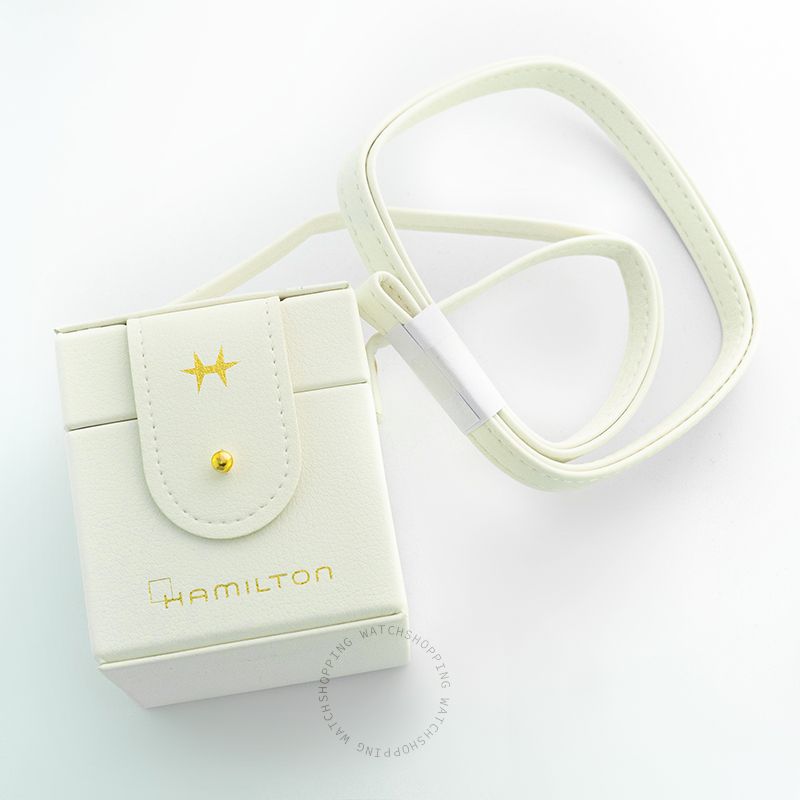
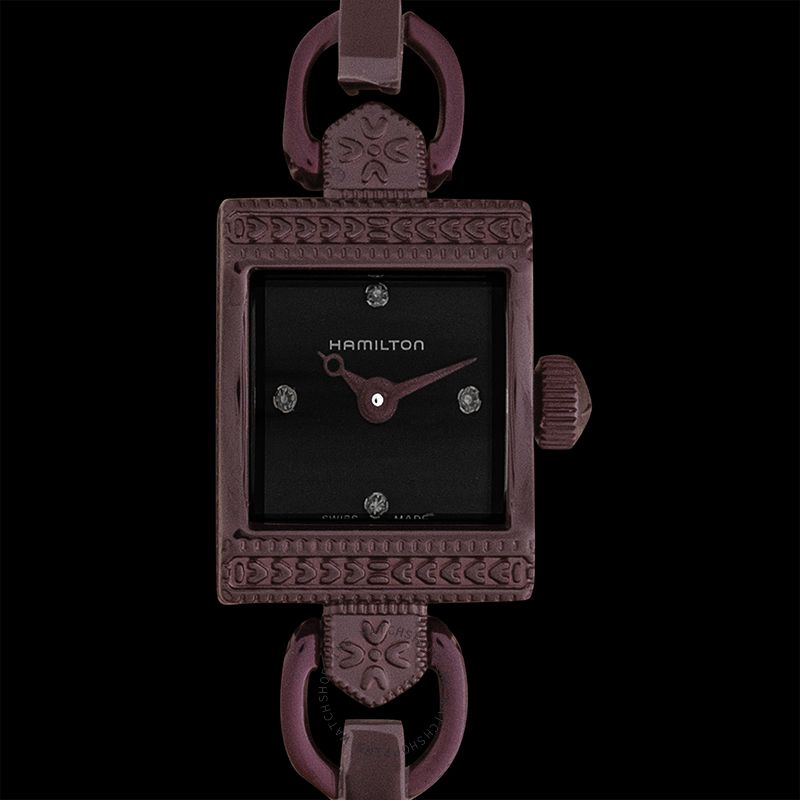
comments
- Very Good, Fast shipment. I am buying another one.
 [Rating:(5 / 5 stars)]
[Rating:(5 / 5 stars)]- Review by James Mozgawa Yugoslavia Belgrade from Netherlands Purmerend
- This is a great watch and I love the way it looks. The only drawback is if I don't wear it for a day or two I have to reset it. Great fit! I especially wanted a pink gold watch and this is it
 [Rating:(5 / 5 stars)]
[Rating:(5 / 5 stars)]- Review by scott lee England Uk Amersham Bucks from Netherlands Purmerend
Watches NEWS
Cartier Time Art, Mechanics of Passion - a book Monochrome Watches
Our contributor Martin Green was one of the first to receive the book Cartier Time Art, Machanics of Passion and reviewed it. The book is written by Jack Forster, editor in chief of Revolution USA and manager of the Revolution online forum, and published in honor of Cartiers incredibly rich and often unknown watch history.?Not many people realize that when they put on their Santos Galbee, Santos Demoissele or even Santos 100, that they are wearing a design that is in essence almost a century old. In fact, most people don't know that Cartier redefined wristwatch design when the wristwatch itself was barely born. Time for Cartier to open its treasure trove with an exhibition of their private collection in Museum Bellerive, located in Zurich, Switzerland. Ad - Scroll to continue with article Cartier christened this exhibition Cartier Time Art, Mechanics of Passion,
Our contributor Martin Green was one of the first to receive the book Cartier Time Art, Machanics of Passion and reviewed it. The book is written by Jack Forster, editor in chief of Revolution USA and manager of the Revolution online forum, and published in honor of Cartiers incredibly rich and often unknown watch history.?Not many people realize that when they put on their Santos Galbee, Santos Demoissele or even Santos 100, that they are wearing a design that is in essence almost a century old. In fact, most people don't know that Cartier redefined wristwatch design when the wristwatch itself was barely born. Time for Cartier to open its treasure trove with an exhibition of their private collection in Museum Bellerive, located in Zurich, Switzerland. Ad - Scroll to continue with article Cartier christened this exhibition Cartier Time Art, Mechanics of Passion,
Hands-On - Tudor Black Bay 32 ref. 79580 (and a woman's take on it) - Specs & Price
A campaign is underway at Tudor to increase the Black Bay's area of operation. With a solid corps of models, including the newly released?GMT Black Bay Pepsi model and the 39mm Black Bay Fifty Eight, there is no stopping the expansion envisioned by Tudor. With the Black Bay 32, Tudor advances into female territory with a model that packs the technical specifications of a mechanical tool watch with a small, more feminine diameter. With Lady Gaga posing as brand ambassador, Tudor is targeting young, dynamic women who don't necessarily equate femininity with diamonds, flowers and a quartz movement. Sporty with just a touch of stylish vintage-Sub, the watch is designed as a resilient everyday companion for women who want a watch that can keep up with their active lifestyle.Mission dominationIn the last year alone, Tudor has deployed a growing arsenal of Black Bay models – including a chronograph,?a hyper-cool bronze?model and a flashier two-tone?steel and gold variant – in its
A campaign is underway at Tudor to increase the Black Bay's area of operation. With a solid corps of models, including the newly released?GMT Black Bay Pepsi model and the 39mm Black Bay Fifty Eight, there is no stopping the expansion envisioned by Tudor. With the Black Bay 32, Tudor advances into female territory with a model that packs the technical specifications of a mechanical tool watch with a small, more feminine diameter. With Lady Gaga posing as brand ambassador, Tudor is targeting young, dynamic women who don't necessarily equate femininity with diamonds, flowers and a quartz movement. Sporty with just a touch of stylish vintage-Sub, the watch is designed as a resilient everyday companion for women who want a watch that can keep up with their active lifestyle.Mission dominationIn the last year alone, Tudor has deployed a growing arsenal of Black Bay models – including a chronograph,?a hyper-cool bronze?model and a flashier two-tone?steel and gold variant – in its
First Look: The Ultra-Light Ulysse Nardin Diver (Air)
Switzerland might be landlocked, but Ulysse Nardin, a young watchmaker from Le Locle, consolidated his reputation by producing precision marine chronometers. By the 1870s, the manufacture supplied more than 50 navies and merchant marine companies with chronometers to calculate longitude at sea. These days, Ulysse Nardin plays on its marine heritage with its classical Marine collection and contemporary lineup of Divers. The brand's Diver X Skeleton collection defied logic with its robust diving credentials and radically skeletonised movement. Pushing the envelope, the latest Diver (Air) takes the concept to the extreme and is, according to the brand, the world's lightest mechanical dive watch. By combining high-tech materials and taking skeletonisation to even greater heights, the new Ulysse Nardin Diver (Air) weighs in at just 52 grams, including the strap. ?With their exposed mechanics, skeletonised watches are not usually pitched as sporty dive watches. Rowing against the tide, UN's
Switzerland might be landlocked, but Ulysse Nardin, a young watchmaker from Le Locle, consolidated his reputation by producing precision marine chronometers. By the 1870s, the manufacture supplied more than 50 navies and merchant marine companies with chronometers to calculate longitude at sea. These days, Ulysse Nardin plays on its marine heritage with its classical Marine collection and contemporary lineup of Divers. The brand's Diver X Skeleton collection defied logic with its robust diving credentials and radically skeletonised movement. Pushing the envelope, the latest Diver (Air) takes the concept to the extreme and is, according to the brand, the world's lightest mechanical dive watch. By combining high-tech materials and taking skeletonisation to even greater heights, the new Ulysse Nardin Diver (Air) weighs in at just 52 grams, including the strap. ?With their exposed mechanics, skeletonised watches are not usually pitched as sporty dive watches. Rowing against the tide, UN's
Ulysse Nardin Diver X Skeleton - Hands-On Review, Price
Watchmaking has always been about evolution, progress, development and functionality. Even more so when those characteristics are taken into account when making a serious tool watch, for diving for instance. With that being said, there's no reason why a dive watch can't be bold, fun and very modern. The new Ulysse Nardin Diver X Skeleton breaks from the uniformity that is bestowed in most dive watches. It is a fresh and exciting take, typically UN in style and mechanics, on the traditional traits of a diving instrument.Ulysse Nardin is no stranger to marine life and aquatic instruments as they rest on a foundation of producing some of the finest marine chronometers from the mid-nineteenth century. Ever since the company started making clocks, marine instruments have been a cornerstone for Ulysse Nardin. The eponymous founder won the Prize Medal in the 1862 International Exhibition in London with a marine chronometer. Within a decade and a half, Ulysse Nardin marine chronometers were us
Watchmaking has always been about evolution, progress, development and functionality. Even more so when those characteristics are taken into account when making a serious tool watch, for diving for instance. With that being said, there's no reason why a dive watch can't be bold, fun and very modern. The new Ulysse Nardin Diver X Skeleton breaks from the uniformity that is bestowed in most dive watches. It is a fresh and exciting take, typically UN in style and mechanics, on the traditional traits of a diving instrument.Ulysse Nardin is no stranger to marine life and aquatic instruments as they rest on a foundation of producing some of the finest marine chronometers from the mid-nineteenth century. Ever since the company started making clocks, marine instruments have been a cornerstone for Ulysse Nardin. The eponymous founder won the Prize Medal in the 1862 International Exhibition in London with a marine chronometer. Within a decade and a half, Ulysse Nardin marine chronometers were us
Petrolhead Corner: Abarth Celebrates Its Racing Heritage With The Classiche 1300 OT
“Adding power makes you faster on the straights. Subtracting weight makes you faster everywhere”. These famous words are a quote by the legendary Lotus boss Colin Chapman. In racing, there is indeed a direct link between a car’s performance and the power the engine produces versus the weight it puts on the track. Chapman wasn’t the only one who embraced this concept, as legendary Italian (although born in Austria) designer and engineer Carlo Abarth applied the same principle to his cars. To such an extent even, that in the 1960s and 1970s, Abarths were often a serious contender for race wins wherever they showed up! Honouring one of their most capable machines, Abarth is building 5 examples of the Classiche 1300 OT, which is heavily inspired by the 1300 OT from the mid-1960s.Carlo AbarthBorn as Karl Albert Abarth in 1908, Carlo Alberto Abarth was not only a very skilled engineer and designer but also had a racing career for himself. He raced on two wheels mostly
“Adding power makes you faster on the straights. Subtracting weight makes you faster everywhere”. These famous words are a quote by the legendary Lotus boss Colin Chapman. In racing, there is indeed a direct link between a car’s performance and the power the engine produces versus the weight it puts on the track. Chapman wasn’t the only one who embraced this concept, as legendary Italian (although born in Austria) designer and engineer Carlo Abarth applied the same principle to his cars. To such an extent even, that in the 1960s and 1970s, Abarths were often a serious contender for race wins wherever they showed up! Honouring one of their most capable machines, Abarth is building 5 examples of the Classiche 1300 OT, which is heavily inspired by the 1300 OT from the mid-1960s.Carlo AbarthBorn as Karl Albert Abarth in 1908, Carlo Alberto Abarth was not only a very skilled engineer and designer but also had a racing career for himself. He raced on two wheels mostly
Related Products
Contact
Mailing Address
-
1705 NE 163rd St, North Miami Beach, FL 33162 Florida
-
Customer Care is here for you. To inquire about the watches and services found on our website. We are happy to service for you.
Contact our E-mail:watchestrade.watch@gmail.com

loading...






